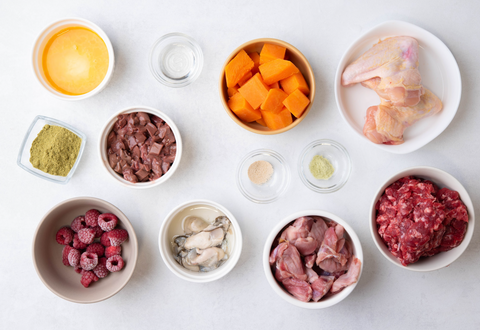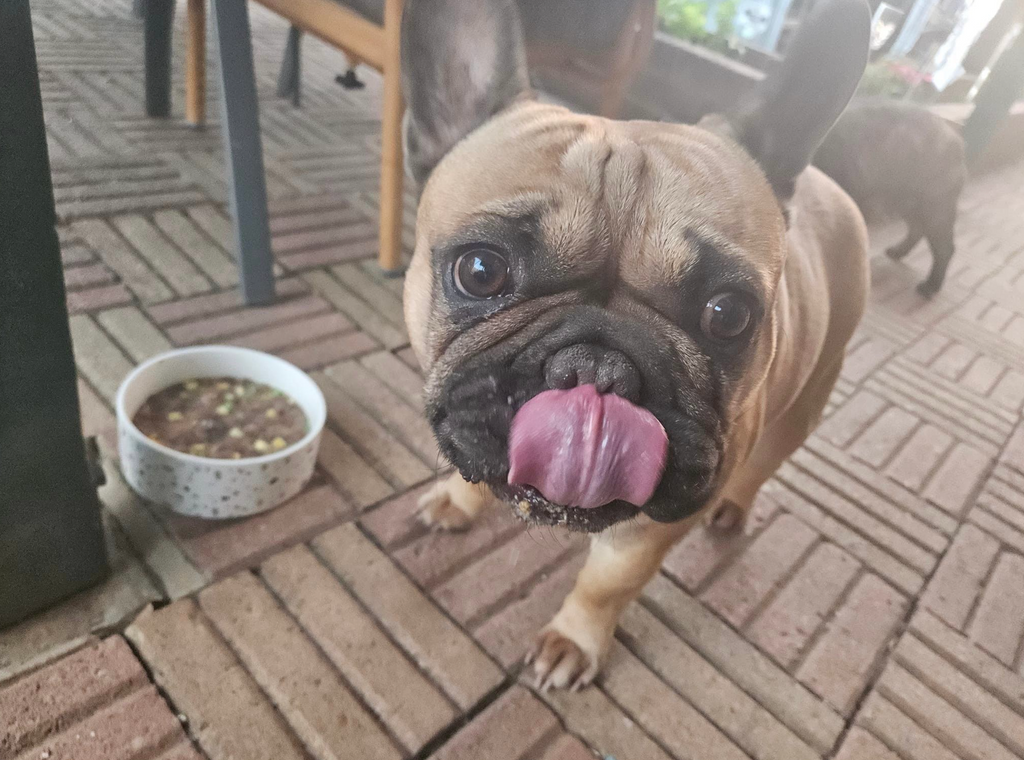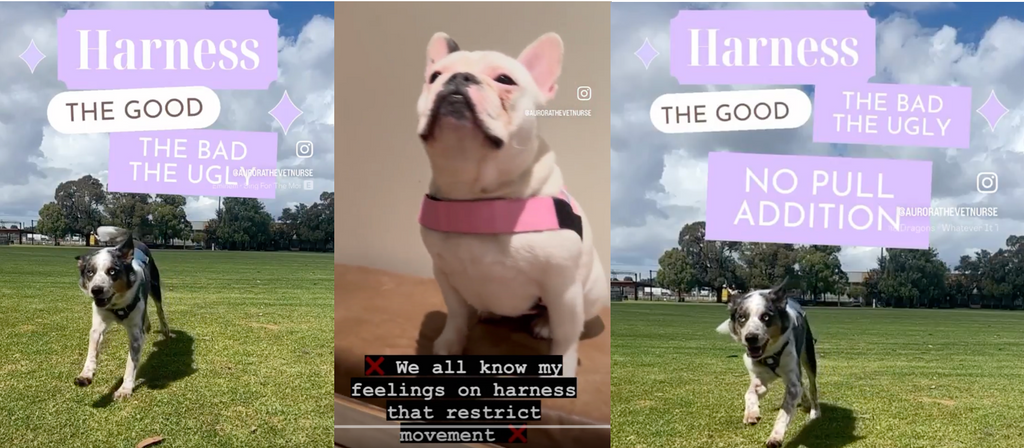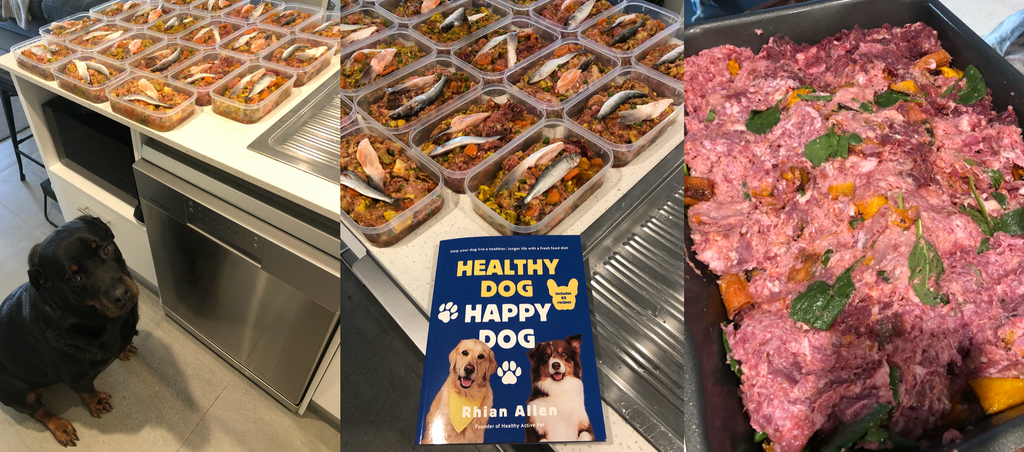
What ingredients are in commercial pet food
Have you ever picked up a bag of dog or cat food and seen "Meat by-products and meat (poultry, beef &/or sheep)” or words to that effect? What does that even mean?
Chances are it means the manufacturer doesn’t actually know which one is in their food.
Heavily processed pet food like kibbles and tinned dog and cat products are almost always made from meat that has either been rendered to a shelf stable powder, or otherwise processed to a meat “slurry” that is then sterilised.
Rendering is a process favoured by the fertiliser industry, whereby meat and bones that are not fit for human consumption are crushed and then heated to very high temperatures until the water and fat separate.

The remaining “meat” is dried to a long life powder that contains mostly protein and bone, and then turned into garden fertiliser, dry dog food and livestock feed.
Some tinned pet foods also use these meat meals, while others grind whole meat and meat by-products (which may include heads, hooves, offal and basically any part of the animal that is otherwise discarded), and then add cereals and other binding ingredients to form the chunks in a tin that we might mistake for actual pieces of meat.
These ingredients are then cooked so the starches gelatinise and proteins begin to denature, before being tinned and sterilised using temperatures over 120 degrees Celsius for several minutes.
These products are basically always synthesised with vitamin and mineral supplements, because very little nutrition survives these heat intensive processes.
Because these meats are pretty much always not of a quality fit for human consumption, prior to being turned into pet food they are regulated by a different set of rules to food intended for the human supply chain.
These rules don’t require that meat be properly labelled as “beef” or “sheep,” which is why pet food manufacturers don’t always seem to know which one is in their food.
There are of course brands that do name their meats, and we can only give them the benefit of the doubt that this is because their sourcing ensures these claims are accurate, but the intensive processing methods remain the same, meaning that nutritionally there is very little difference between them by that point anyway.
Another thing you will see in pretty much all processed pet foods is high levels of carbohydrate ingredients. These may be mysterious “cereals” in cheaper brands (usually wheat, corn, soy or some combination of all three), or things like brown rice, peas, lentils, chickpeas, tapioca, potato, sorghum and beet pulp in the higher end brands.
These may sound ok, probably because we know these whole foods are nutritious additions to our own diet. But dogs and cats have no nutritional need for carbohydrates, and these are not actually present in their whole food form like the pretty pictures on the label might suggest; they are ground down to highly refined starchy powders that act as fillers and binders, without which these product would not hold together.
They also often appear spread across multiple different ingredients (a practice known as ingredient splitting), which serves to conceal that many processed dog and cat foods are upwards of 50% carbohydrates.
For animals that don’t need any carbs in their diet, that’s a whole lot of carbs!
You can see our FAQ's on raw feeding here
The best way to avoid these mystery meats and processed cereals is to feed your four-legged friend a whole food diet, either in the form of homemade food using the same nutritious ingredients you would eat yourself,(you can see our pet nutritionist created meal plans and recipes here) or a reputable pre-made food that has been minimally processed and is clearly labelled with everything it contains (you can see our raw air and freeze dry foods here)

Or you can get full access to our 4 week meal plan programs and raw food recipes here




